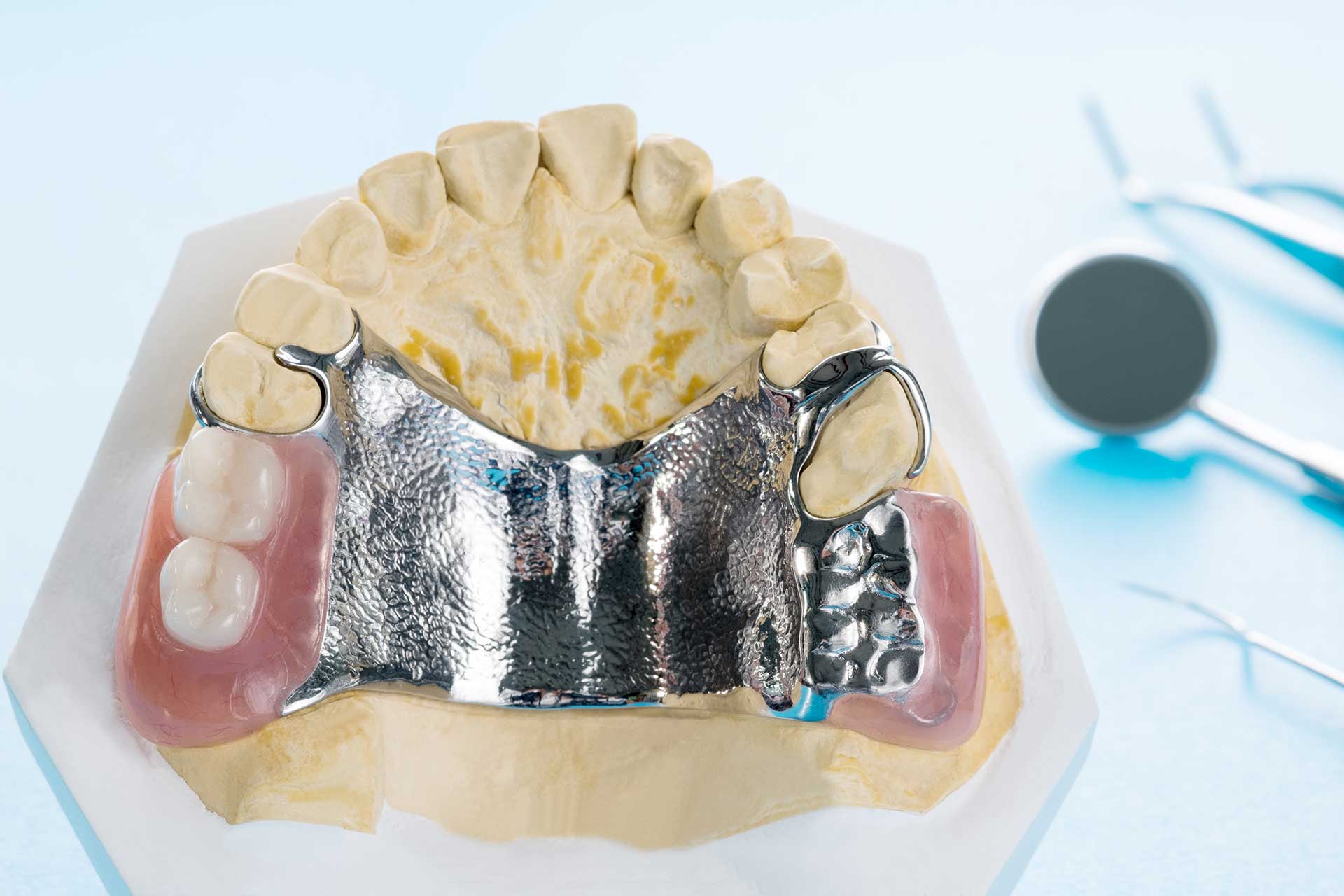Dental implants are an effective and long-lasting solution used to compensate for tooth loss and provide both functional biting and an aesthetic smile. Subperiosteal implants are a special type used for dental implant treatment. So, what is a subperiosteal implant and how does it differ from other types of implants?
What is a Subperiosteal Implant?
Subperiosteal implants are special types of implants placed on top of the gum tissue. This type of implant may be preferred in cases where there is insufficient bone volume in the jaw or where other types of implants are not suitable. Subperiosteal implants are particularly used in areas where there is low bone density due to tooth loss.
How is it Placed?
The placement of a subperiosteal implant is a surgical procedure typically performed under local anesthesia. A dental surgeon or implant specialist places a specially designed implant onto the gum tissue by taking a model of the mouth to determine the appropriate locations on the jawbone.
The dentist lifts the gum tissue to place the implant onto the jawbone. Once the implant is positioned, the gum tissue is stitched back into place:
- Examination and Planning: The first step involves a detailed examination by the dentist to determine if the patient is suitable for implant treatment.
- Radiographic Imaging: Radiographic imaging (X-rays) is performed to better understand the structure of the jawbone. This is important for determining the correct position of the implant and creating a surgical plan.
- Surgical Procedure: Since the implant is placed on the periosteum layer rather than directly on the jawbone, the surgical procedure is generally less invasive. The dentist places a frame or plate under the periosteum following the predetermined implant positions.
- Healing Process: A healing process is necessary for the implant to integrate with the jawbone. This process typically ranges from a few weeks to several months. The patient needs to maintain good oral hygiene during the healing process.
- Prosthesis Application: Once the healing process is complete, the dentist applies a prosthesis or crown to the implant. This means the patient can start using their new teeth.
What Are The Advantages and Disadvantages?
Subperiosteal implants have advantages and disadvantages. Some advantages include:
- Suitability in Case of Bone Insufficiency: A subperiosteal implant may be a suitable solution when other implant types cannot be used.
- Surgical Procedure Simplicity: The surgical process may be simpler compared to other implant types.
However, subperiosteal implants also have some disadvantages, such as:
- Higher Risk of Long-Term Failure: The long-term risk of failure may be slightly higher compared to other implant types.
- Cost: Subperiosteal implants may be more expensive compared to other implant types.
Who is it Suitable for and What to Consider?
A subperiosteal implant is generally considered in the following situations:
- Bone Insufficiency: When other implant types cannot be used, especially if there is low jawbone volume.
- Requirement for Other Surgical Procedures: When implant types requiring more extensive jawbone intervention are not suitable.
- Jawbone Loss: When significant jawbone loss occurs after tooth loss.
Post Subperiosteal Implant Placement Care
Post-placement care is as follows:
- Regular Check-Ups: Regular dental check-ups are important to determine whether the placed implant has been successfully integrated.
- Oral Hygiene: Maintaining good oral hygiene around the implant is critical for its long-term success. Brushing, flossing, and using antibacterial mouthwash are important during this process.
- Expert Advice: It is important to immediately consult the dentist in case of any discomfort or issues.
To learn more about subperiosteal implants and explore suitable treatment options, it is important to consult a dentist. Remember, a personalized approach is the most effective way to maintain long-term oral health.
